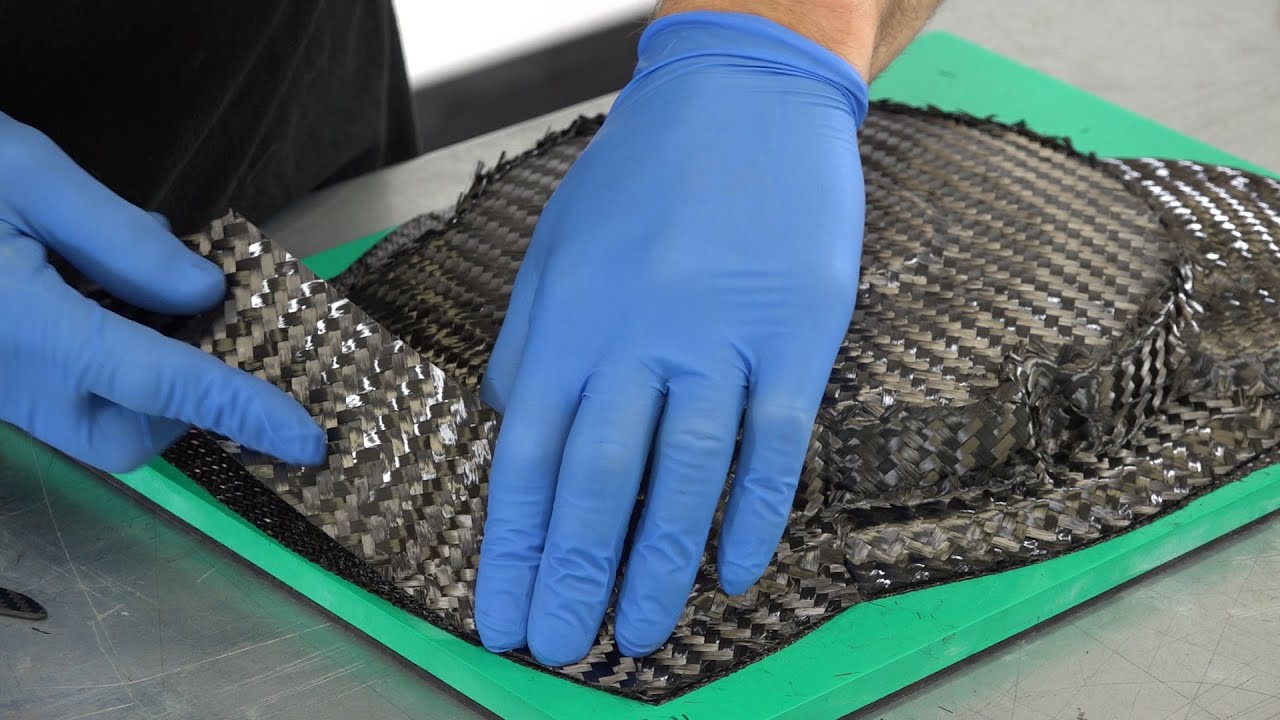The global carbon prepreg market is estimated to be valued at US$ 7,732.3 million in 2022 and is expected to exhibit a CAGR of 9.21% over the forecast period of 2023-2030, as highlighted in a new report published by Coherent Market Insights.
Market Overview:
Carbon prepreg is a composite material made of carbon fiber reinforcements and a polymer matrix resin system. It is widely used in industries such as aerospace, automotive, wind energy, and sporting goods due to its high strength, light weight, and excellent mechanical properties. In the aerospace industry, carbon prepregs are used in the manufacturing of aircraft structures, such as wings, fuselage, and tail components. In the automotive industry, it finds applications in lightweight body panels, chassis components, and interior parts.
Market Dynamics:
The growth of the carbon prepreg market is primarily driven by the increasing demand from the aerospace and automotive industries. The aerospace industry is witnessing significant growth due to the rising air travel and the increase in defense spending by various countries. Carbon prepregs offer several advantages, such as reduced weight, improved fuel efficiency, and enhanced performance, making them ideal for aerospace applications. Similarly, the automotive industry is adopting carbon prepregs to reduce weight and improve fuel efficiency in vehicles. Additionally, the growing demand for electric vehicles is expected to drive the market further, as carbon prepregs can contribute to increased battery range and improved overall performance.
SWOT Analysis:
Strength: The carbon prepreg market has several strengths, including its high strength-to-weight ratio, excellent durability, and resistance to corrosion. This makes it a preferred choice for industries such as aerospace, automotive, and wind energy, among others.
Weakness: One weakness of the carbon prepreg market is its high production cost, primarily due to the expensive raw materials and complex manufacturing processes involved. Additionally, carbon prepreg materials require careful storage and handling to maintain their quality, resulting in increased costs for end-users.
Opportunity: The carbon prepreg market presents two significant opportunities for growth. Firstly, the increasing demand for lightweight materials in industries such as aerospace and automotive creates a favorable market environment. Secondly, the growing trend towards renewable energy sources, particularly wind energy, provides an opportunity for the use of carbon prepregs in the production of wind turbines.
Threats: Two threats faced by the carbon prepreg market are the availability of alternative materials and the fluctuating prices of raw materials. Other advanced materials, such as aluminum and titanium composites, may compete with carbon prepregs in certain applications. Additionally, price fluctuations of carbon fiber and epoxy resins, the primary raw materials for prepreg production, can impact the overall cost of carbon prepregs.
Key Takeaways:
The Global Carbon Prepreg Market Demand is expected to witness high growth, exhibiting a CAGR of 9.21% over the forecast period (2023-2030), primarily driven by the increasing demand for lightweight and high-performance materials in various industries.
The Asia Pacific region is anticipated to be the fastest-growing and dominating region in the market, attributed to the rapid industrialization, growing aerospace sector, and government initiatives towards renewable energy.
Key players operating in the carbon prepreg market include ACP Composites Inc., Kordsa Teknik Tekstil AS, Barrday, Gurit, Hexcel Corporation, Lingol Corporation, Mitsubishi Chemical Carbon Fiber and Composites Inc., Park Aerospace Corp., Sgl Carbon, Solvay, Teijin Limited, The Yokohama Rubber Co. Ltd, Toray Industries Inc., and Zyvex Technologies.
*Note:
1. Source: Coherent Market Insights, Public sources, Desk research
2. We have leveraged AI tools to mine information and compile it



